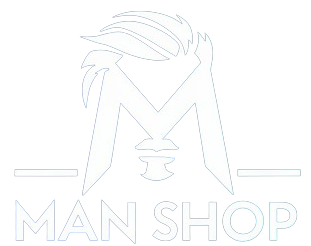Cowboy boots, a symbol of rugged individualism and a testament to hard work, have stood the test of time. They continue to capture the heart of fashion enthusiasts, historians, and culture lovers around the world. But these iconic boots aren’t just about style or status symbols. They are a product of meticulous craftsmanship, the artisans’ commitment to perfecting the skill, and upholding the tradition of boot-making. This article seeks to delve into the intricate process and exceptional craftsmanship that goes into creating a pair of cowboy boots.
The Origin of Cowboy Boots
The genesis of cowboy boots can be traced back to the mid-1800s, when the necessity of protecting cowboys’ feet from harsh conditions led to their design and inception. The boots were initially devoid of any ornate designs—crafted merely for practical use rather than style.
The Materials
The most extraordinary cowboy boots begin with selecting the perfect leather. The type of leather chosen plays a crucial role in the comfort, durability, and overall aesthetic of the boot. The leather can be sourced from traditional cowhides to more exotic options such as crocodile, ostrich, or snake. Additional materials like metal for the boot’s toe and heel reinforcements, rubber for the outsole, and textiles for the boot’s lining are also used in crafting cowboy boots.
The Process
Crafting cowboy boots is a time-consuming, skillful process that requires both patience and precision. It begins with the design. Unlike the original cowboy boots, today’s versions boast intricate detailing which, in many cases, is still drawn by hand. Once the design is ready, the boot maker selects the materials for each part of the boot.
Post selection, the boot-maker starts by cutting the leather, using a craft knife with utmost precision. For the detailed patterns, a tool known as a swivel knife is employed to cut fine lines into the leather. The pieces are then sewn together, forming the upper part of the boot.
The next step is to shape the leather over the last, which is a plastic or wooden mold resembling the human foot. This helps to give the boot its unique shape. After this, the outer sole is attached, usually with the use of wooden pegs or nails. The heel is then built up, often using multiple layers of leather that are glued together and shaped by hand.
Once all the components are assembled, the boot undergoes a final shaping process, known as the ‘lasting’ procedure. This involves dampening the leather to make it supple, then stretching it over the last to shape it.
All these steps are often meticulously executed by expert artisans who have honed their craftsmanship over years, if not decades. As a result, the buyers receive a high-quality product that tells a story of its creation with every stitch and stamp.
The Artistry and Creativity
Beyond functional footwear, cowboy boots have become an expression of individuality and a canvas for artistic genius. Bootmakers or artists infuse their creativity into their creations through intricate designs, vivid colours and various thematic elements. This is where craftsmanship truly shines, separating generic production from personalized, dedicated creation.
From being a necessity for early cowboys to becoming a fashion statement, the transformation of cowboy boots is remarkable. It is a tribute to the skill and dedication of craftsmen who have kept this tradition alive. The story of cowboy boots extends beyond just a shoe; it is about culture, history, artistry, and craftsmanship that honors both practicality and aesthetics. Looking into the craftsmanship that goes into these boots gives one a renewed appreciation for this timeless footwear that is sure to continue captivating hearts and feet for many more decades.
1. Are all cowboy boots hand-made?
Not necessarily. Although many high-quality cowboy boots are handcrafted, others are made using machinery and automated processes.
2. How long does it take to make a pair of cowboy boots?
The process of making a pair of cowboy boots can take anywhere from a few weeks to several months, depending on the complexity of the design and the craftsmanship involved.
3. Are cowboy boots comfortable to wear?
Yes, cowboy boots are typically very comfortable to wear. The use of high-quality materials, combined with the careful, custom fit,ensure optimal comfort.
4. Can cowboy boots be customized?
Absolutely. Many bootmakers offer customized designs that can cater to individual preferences in terms of materials, colors, and patterns.
5. Is leather the only material used in cowboy boot production?
No, while leather is the most common material used, other materials such as exotic animal skins, synthetic materials, and textiles are also used.

